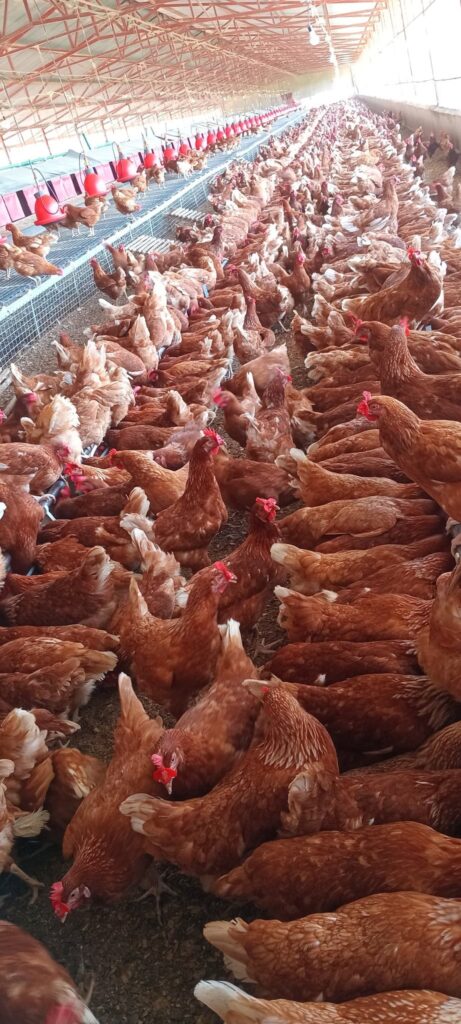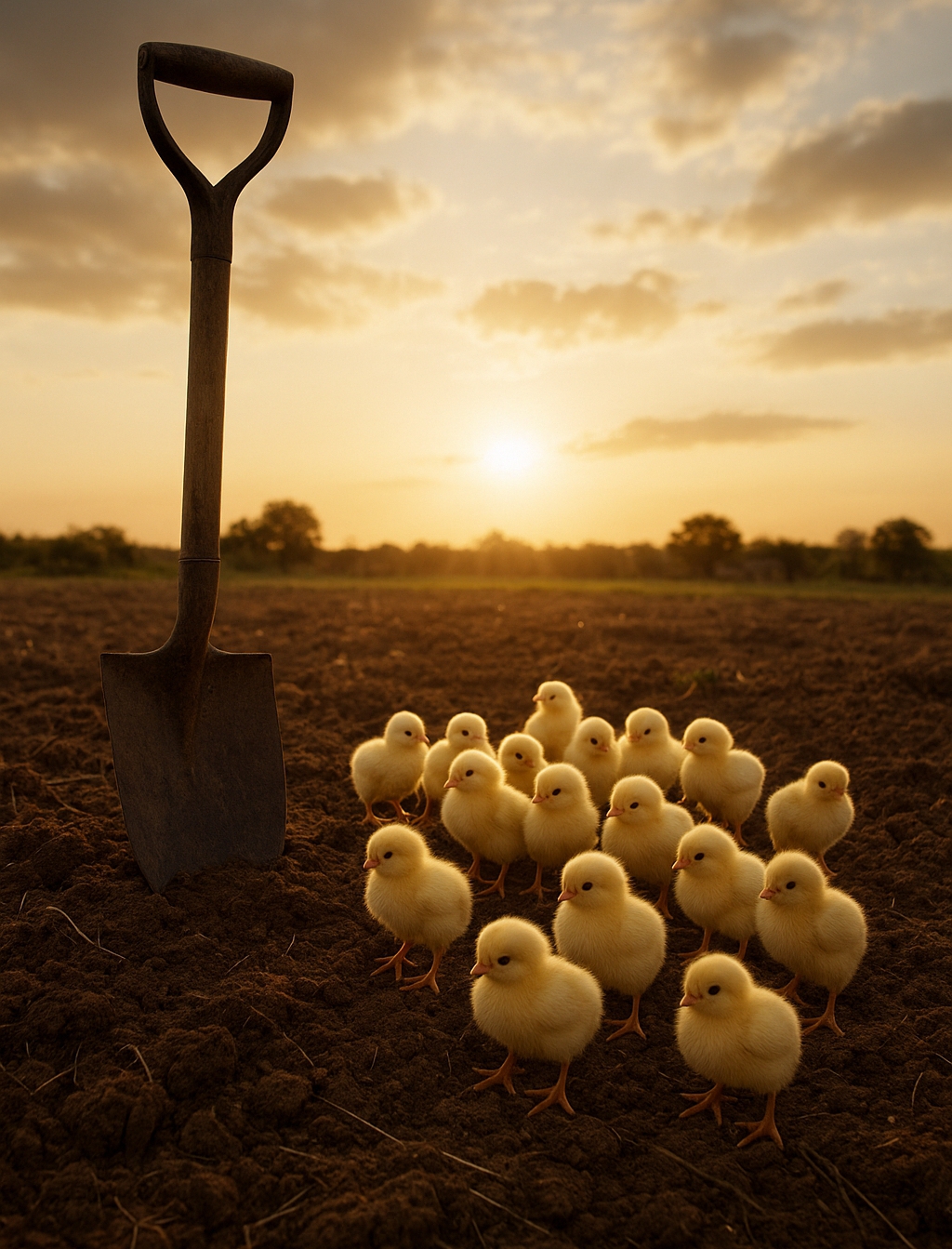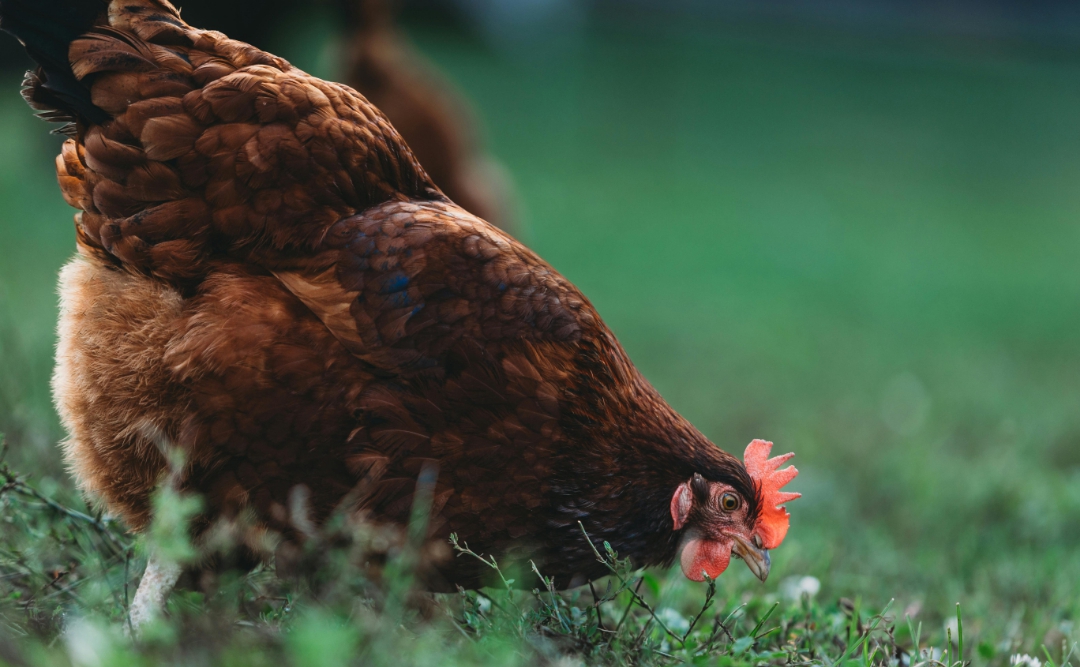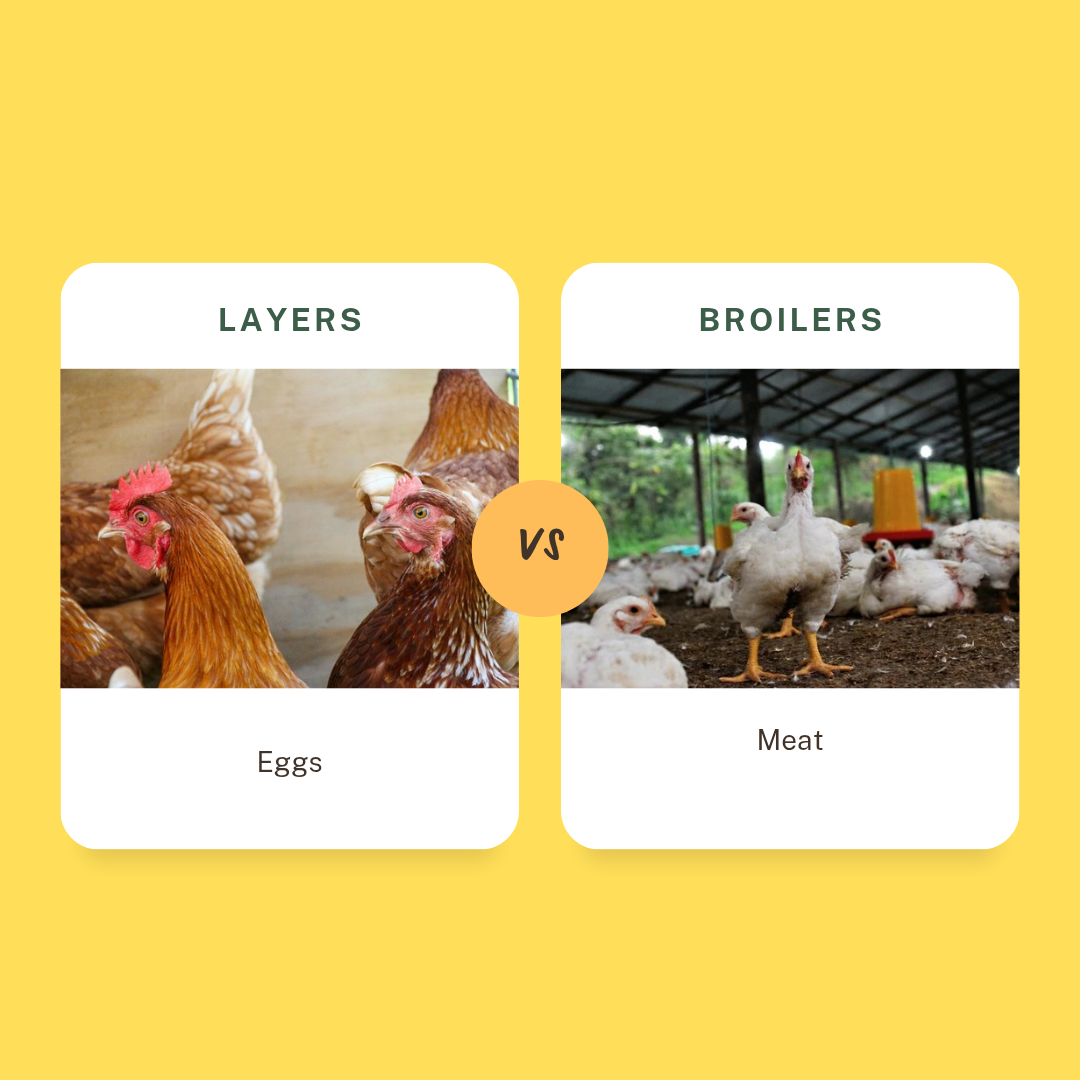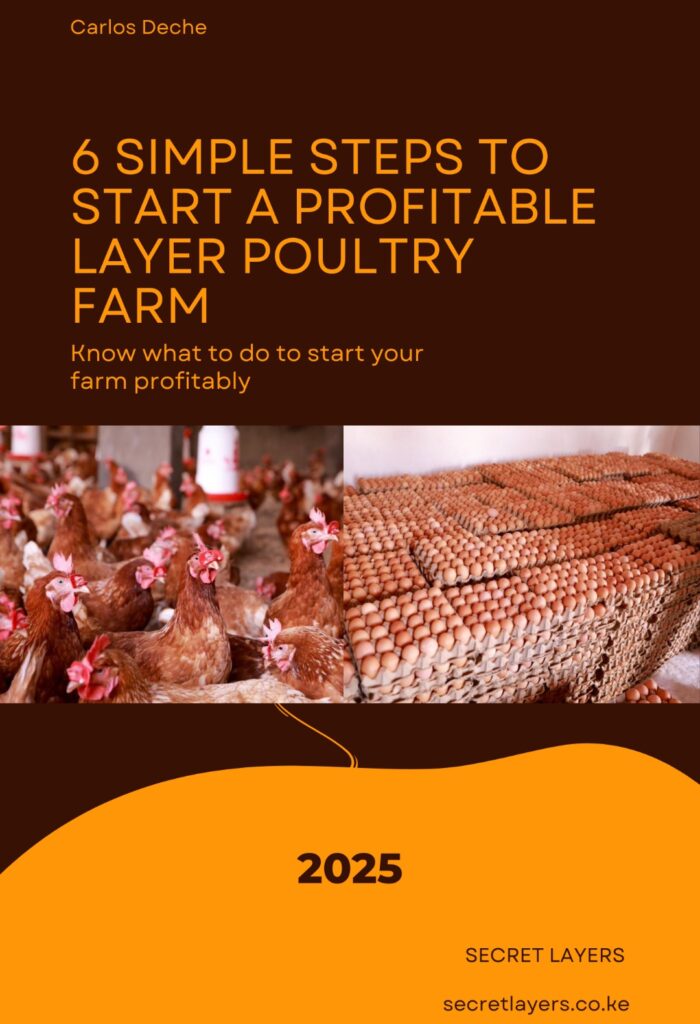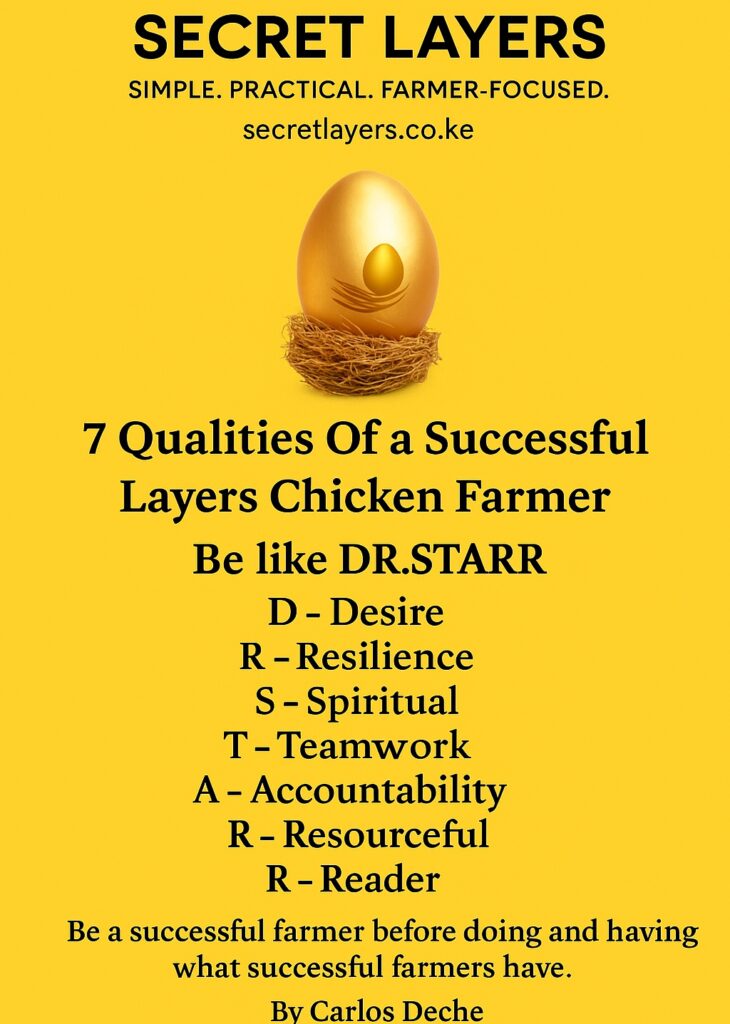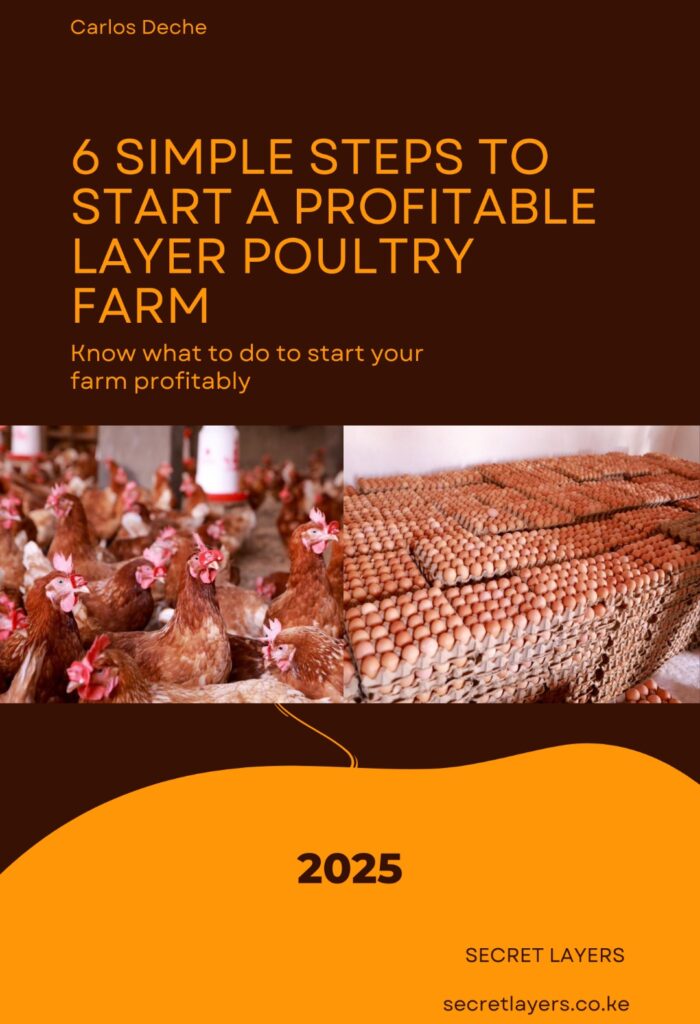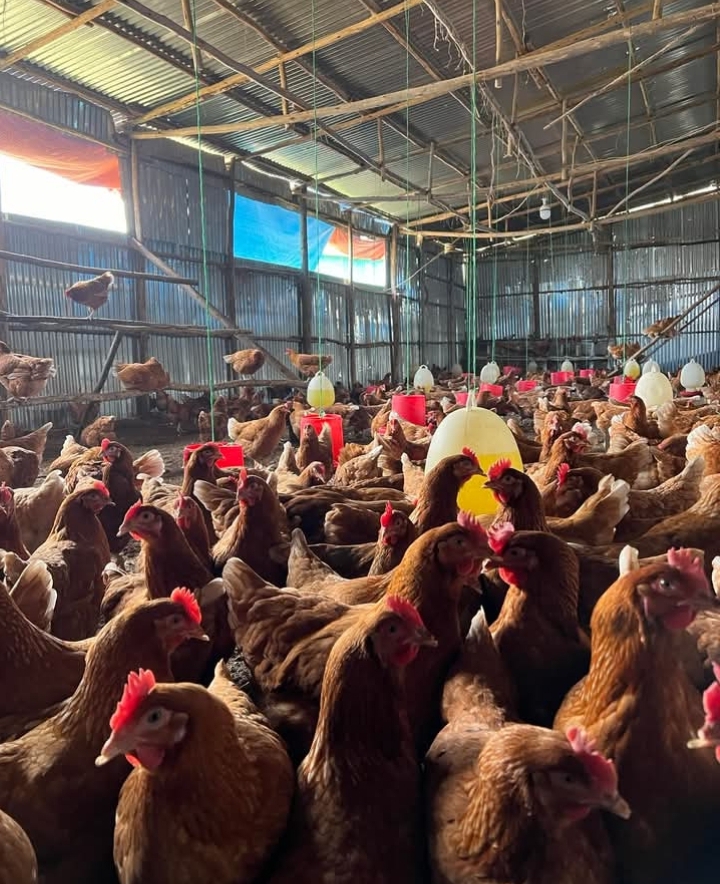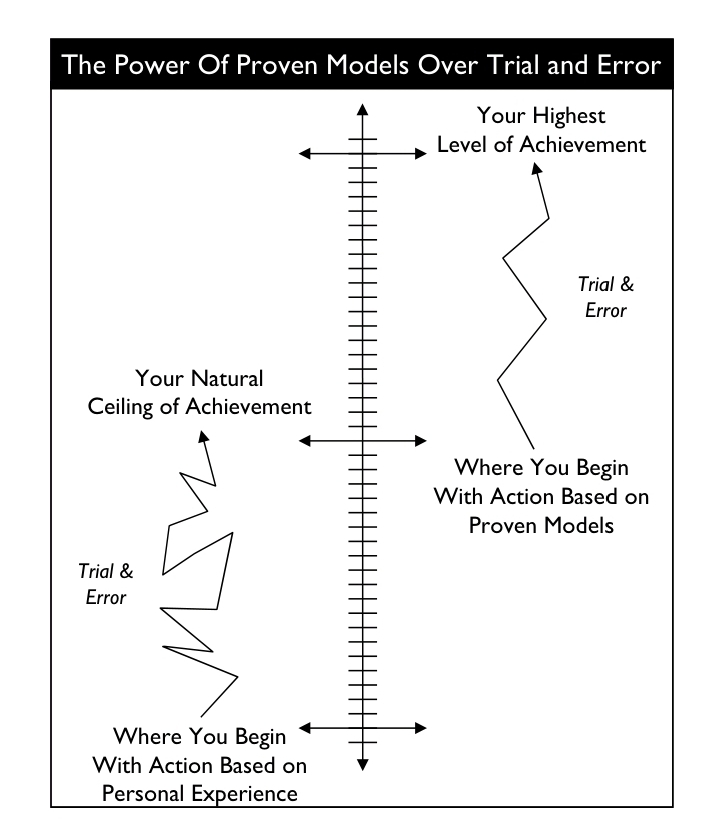Brooding chicks is the make-or-break stage for any poultry farmer. Get it wrong, and you could lose over 80% of your flock — that’s future profit gone. Get it right, and mortality drops to below 5%, which is the accepted standard in poultry farming.
If you’ve ever struggled with brooding or just want to perfect your skills, this guide is for you. You’ll learn the 8 essential brooding principles that ensure healthy chicks and minimal losses — from temperature control to security.
I’ve referenced layers in this post because that’s all Secret Layers is about. But, whether you’re into layer poultry farming or broilers, these principles apply to all. Only slight timing and quantity adjustments differ. Let’s dive in. 🐥
1. Temperature Regulation
Temperature control is the heart of brooding chicks. It ensures your birds stay comfortable, active, and healthy.
Start your brooding temperature at 28–30°C on day one, then reduce by about 2°C every week. However, always follow your hatchery’s specific temperature guidelines — some breeds may vary.
Monitor temperature daily using a thermometer. But also read your chicks’ behavior:
Crowded near heat source: Too cold — increase heat.
Far from heat source: Too hot — reduce heat.
Evenly spread: Perfect temperature.
Consistent temperature management during the brooding period prevents heat or cold stress and sets the foundation for strong growth.

2. Lighting
Light is more than visibility; it affects chick behavior and growth. During the first week, provide 24 hours of light to help chicks find feed and water easily. This continuous light encourages constant feeding, which supports rapid growth.
As they grow, gradually reduce light to about 18 hours a day by the end of the brooding period. However, avoid bright or harsh lighting — it may trigger feather pecking or cannibalism.
Proper lighting promotes calm, active feeding behavior and balanced growth — vital for your chicks.
3. Feed And Water
In chicken farming, feed and water are everything. Healthy chicks depend on consistent access to clean water and quality feed.
Keep feeders and drinkers filled and refreshed regularly. Chicks need feed available at all times, especially during the first few weeks. As they grow, increase the feed amount gradually to match their size and appetite using supplier standards.
Use starter mash from trusted suppliers and avoid cheap, low-quality feeds that may harm your birds’ long-term production. Feed too little and they’ll starve or weaken; feed too much and you’ll waste money or cause obesity.
For water, remember: if you can’t drink it, don’t give it to your chicks. Provide clean, fresh water at all times to prevent disease.
4. Disease Management
Diseases are the most unpredictable threat in poultry farming. They strike without warning and can wipe out an entire flock in one day. To protect your chicks, you must combine vaccination and biosecurity.
Vaccination
Follow a proper vaccination schedule from your hatchery or local vet. Vaccines are for prevention, not cure. Therefore, vaccinate even when your chicks appear healthy.
Biosecurity
Prevent disease entry and spread by enforcing strict hygiene:
✅Disinfect before entering the brooder.
✅Limit access to authorized personnel only.
✅Clean feeders and drinkers daily.
✅Control pests like rats and mites.
✅Isolate and treat sick birds immediately.
Following these steps reduces disease risks and keeps your flock safe and productive.
I’ll publish a post on all the biosecurity measures to enforce on your farm soon.
5. Litter Management
Litter provides warmth and comfort — but if poorly managed, it can kill your chicks. Keep it dry and fluffy, removing wet or caked areas regularly. Wet litter breeds germs and raises ammonia levels, which can harm chicks’ respiratory systems.
The brooding period for layers lasts about six to eight weeks, so complete litter changes may not always be necessary. However, if it becomes too wet or muddy, change it immediately. Regularly turning the litter keeps it dry and healthy.
Proper litter management means cleaner air, fewer diseases, and happier chicks.
6. Spacing
Did you like high school? Remember how good it felt when you finally left? Your chicks feel the same when given enough space.
Cramped brooders cause stress, slow growth, and higher mortality. Ensure adequate space per chick, depending on your heat source and brooder design. As your chicks grow, expand the brooder to maintain comfort.
Overcrowding increases competition for feed and water, while too much space wastes litter and heat. The goal is balance — efficient use of space that keeps chicks active and comfortable.
7. Ventilation
Brooders hold many chicks, producing heat, carbon dioxide, and ammonia. Poor ventilation traps these gases and endangers your flock.
Ensure your brooder is well-aerated to allow fresh air in and remove stale air. During hot days, open windows for natural airflow. However, cover them at night or when it’s cold to prevent chills.
If you can smell ammonia or feel stuffiness, ventilation is poor. Good air circulation keeps chicks healthy and reduces respiratory stress.
8. Security
Finally, protect your chicks. Not from disease — but from predators and theft. Rats, snakes, cats, dogs, and even people can destroy your hard work overnight.
Secure your chicken house with strong materials, close holes, and maintain clean surroundings. Use dogs for protection, cats for rodent control, and, if possible, simple CCTVs or motion lights for extra security.
Without proper security, all your other efforts in brooding chicks can go to waste.
The 8 Brooding Principles Recap
1️⃣ Temperature Regulation – Maintain proper warmth and observe chick behavior.
2️⃣ Lighting – Adjust light hours for feeding and calm growth.
3️⃣ Feed & Water – Always provide clean water and quality feed.
4️⃣ Disease Management – Combine vaccination and biosecurity.
5️⃣ Litter Management – Keep litter dry, clean, and well-turned.
6️⃣ Spacing – Expand brooder area as chicks grow.
7️⃣ Ventilation – Ensure fresh air and control ammonia buildup.
8️⃣ Security – Protect chicks from predators and theft.
And that’s it — your 8 brooding principles for raising strong, healthy chicks. Follow them and you’ll never fear the brooding period again.
No more risky business of buying point-of-lay hens just because brooding feels hard. You’ll raise your own chicks, grow them into profitable layers, and keep every bit of the profit yourself.
Then you can even sell quality Point of Lay birds of you want to😅
Keep learning, keep improving, and always innovate — that’s how you grow in layer poultry farming.
> Remember ;
Master your brooding. Master your profits.
Get my Free Layer Poultry Farming Guide and receive regular Layer Chicken Digest tips straight to your inbox.

See you next Friday!
carlosdeche4040@gmail.com
secretlayerske@gmail.com
